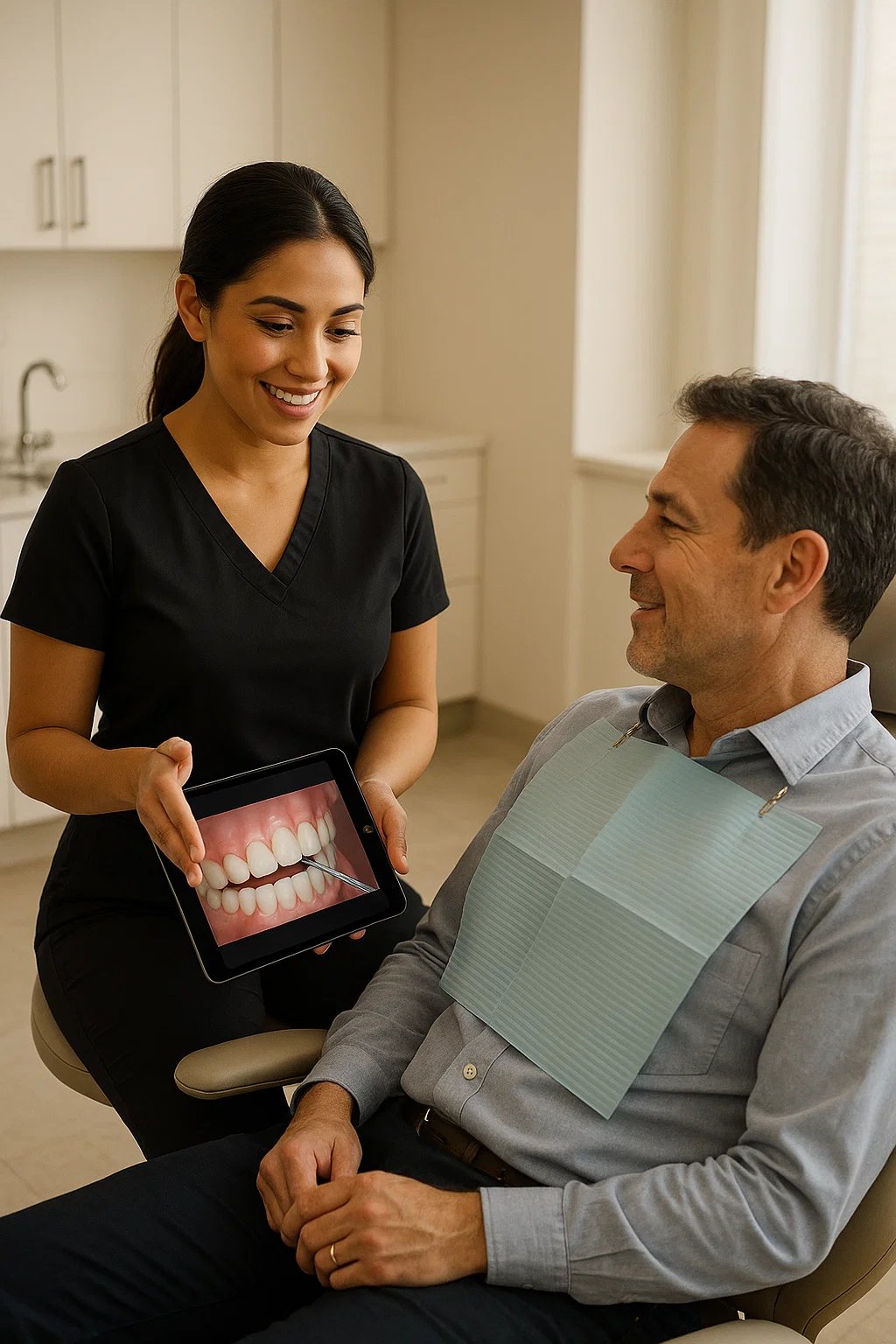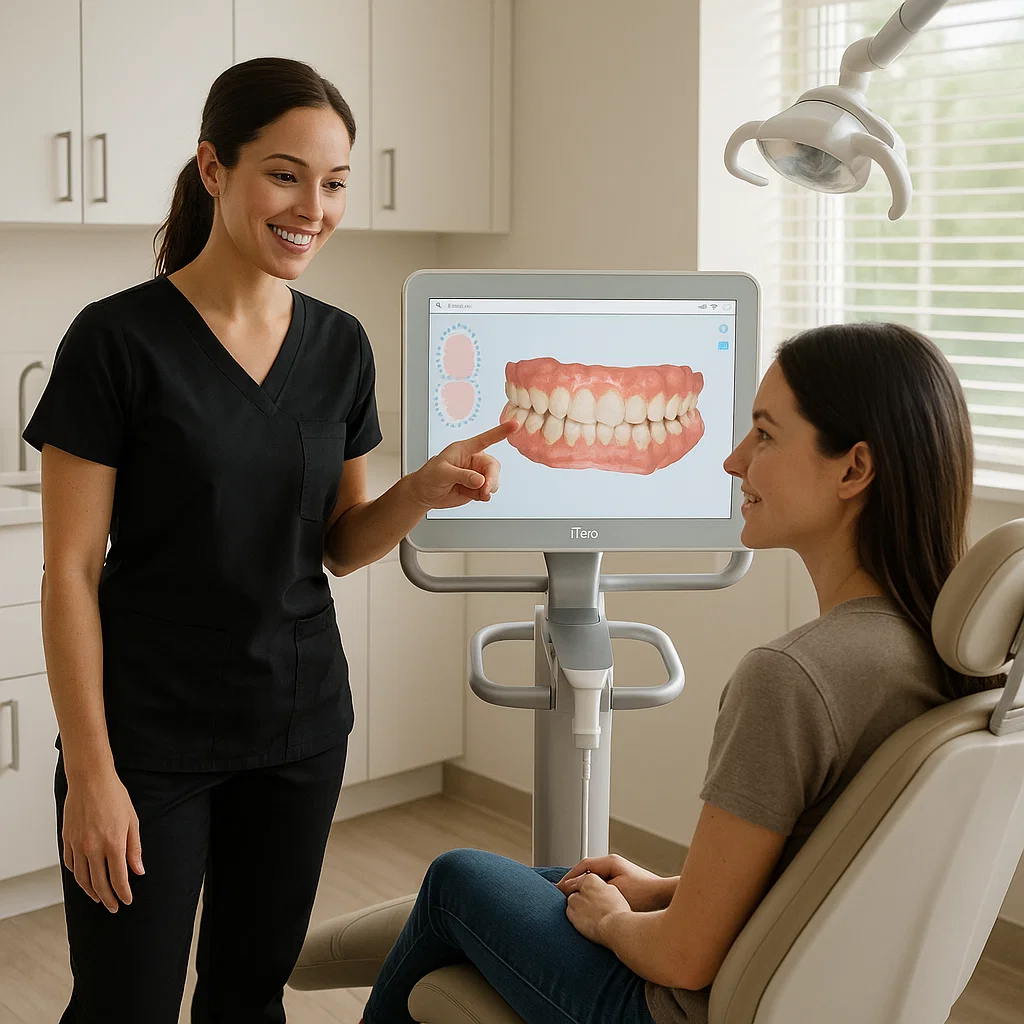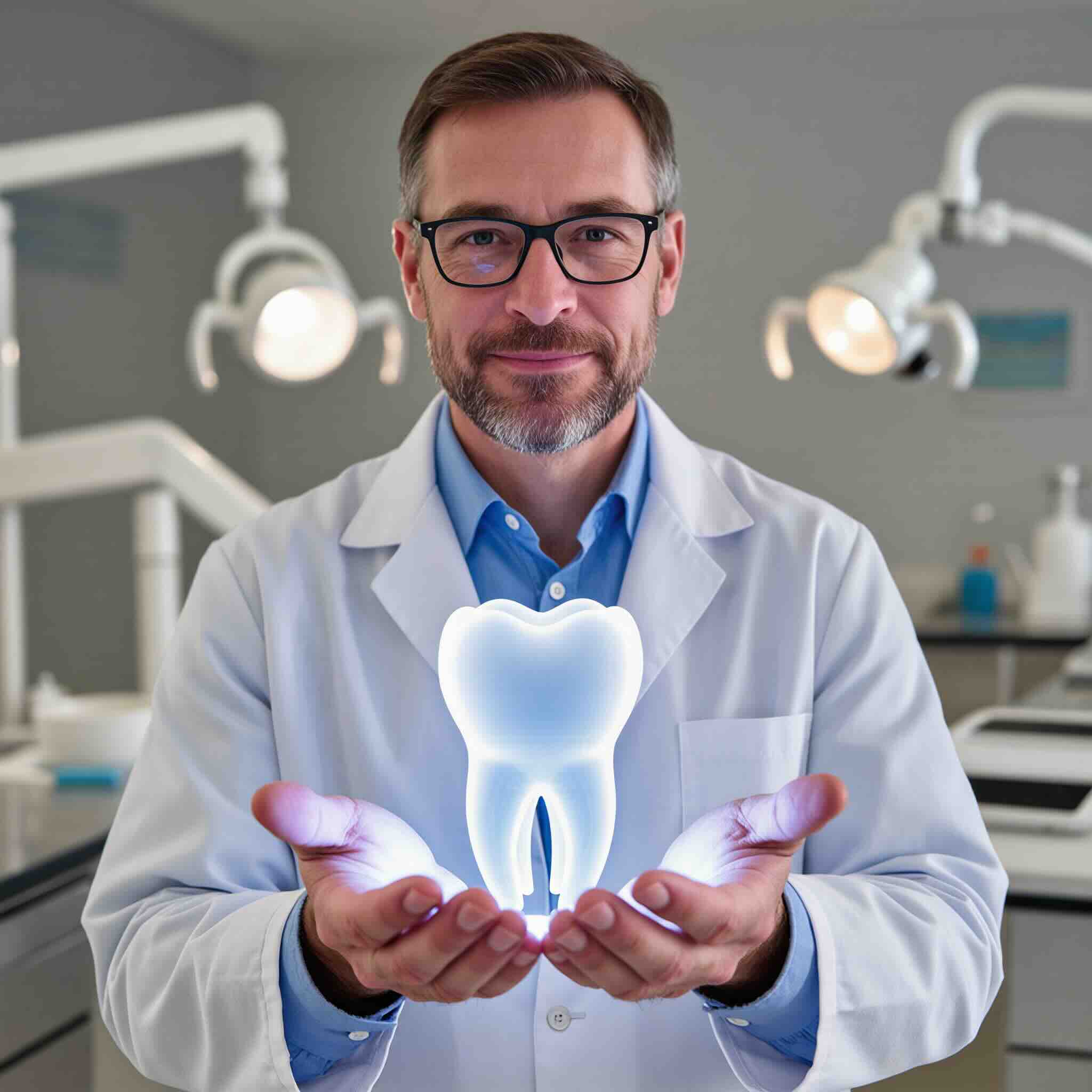Chipped, discolored, or uneven teeth don’t have to hold back your confidence.
At KYT Dental Services, we use dental veneers to create long-lasting, natural-looking smiles designed just for you.





✨ Ultra-thin shells of porcelain bonded to front teeth
✨ Resistant to stains from coffee, wine, and smoking
✨ Custom-made for a perfect color, shape, and fit
✨ Lasts 10–15 years or more with proper care
Bottom Line: Veneers are the best choice for a dramatic, durable smile transformation.

⚠️ Tooth-colored resin applied directly in one visit
⚠️ Great for minor chips and small gaps
⚠️ Less durable — can stain, chip, or wear down faster
⚠️ Usually lasts 3–5 years before needing touch-ups
Bottom Line: Bonding is ideal for small touch-ups, but veneers are stronger, more natural-looking, and designed to last.
Veneers:
Composite Bonding:





